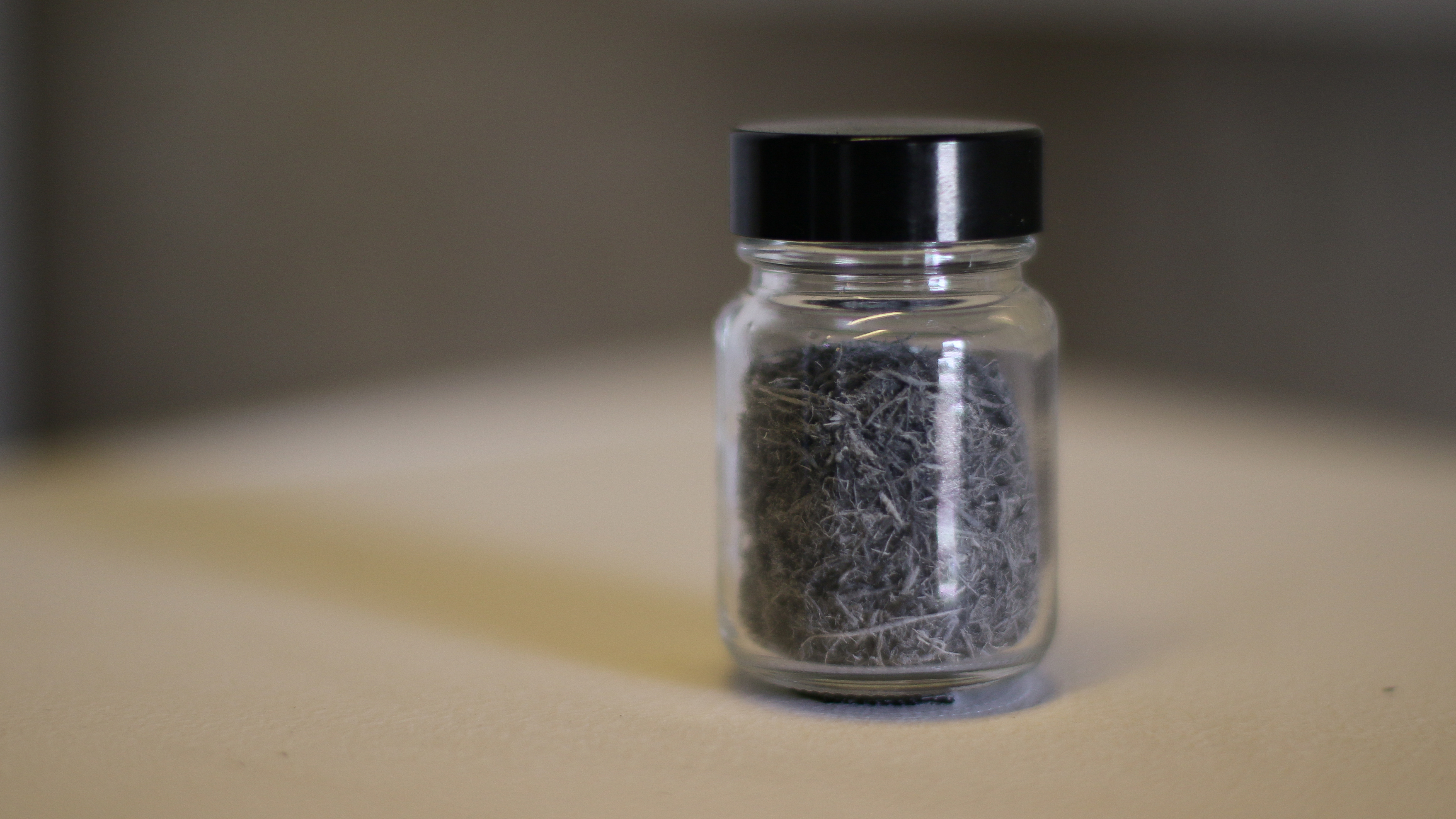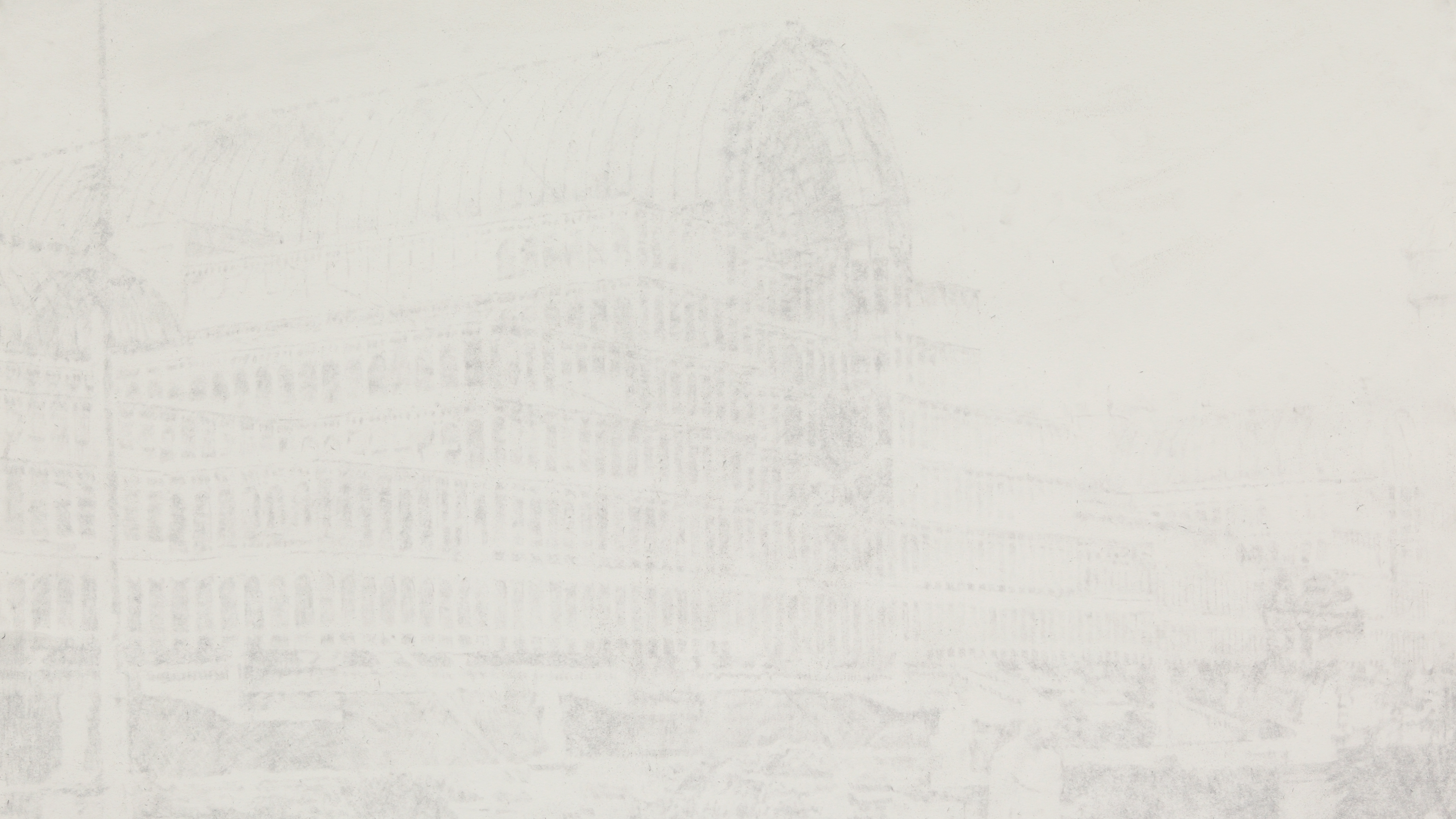Imran Channa’s Dust to Dust is an installation of objects – an informal inventory of the places he visited in pursuit of research and inspiration to create this particular work. During his travels to a variety of heritage sites on the Changing Places tour (waterside warehouses formerly brimming with the products of trade with the Indian subcontinent; museums containing precious objects dating from the time of the Raj), what Channa took away from this encounter with Britain’s industrial, Imperial past was a number of painstakingly gathered phials of dust, collected from corners, swept up from the floor – as if commenting on the transience of material things, and how even the grandest of empires dwindles to nothing in the end.
A fascination with how images disappear, and an equal interest in the traces they continue to leave behind, is integral to the form of Channa’s practice, which often features meticulous, intricate drawings being deliberately self-erased, to the point where only a fraction of the original remains visible. An example of this is a large-scale drawing of the Crystal Palace, the glass-fronted showpiece that housed London’s Great Exhibition of 1851. Originally located in Hyde Park, in such bucolic surroundings that was initially called the ‘Great Shalimar’ after the famous pleasure gardens in Lahore, the Great Exhibition of the Works of Industry of All Nations (to give it its full name) was a tribute to Victorian technological ingenuity, and Britain’s place at the centre of it. As that once-dominant hallmark brand becomes increasingly hazy, and as major branches of industrial production transfer to the East, Channa’s image acts as an emblem of a fading power whose imprint nevertheless reaches deep.
Channa giveth even as he taketh away. Accompanying the drawing, and the accumulated jars of dust (their murky particles evoking the successive leavings of obsessive rubbings out), is a soundtrack that tells the story of his tour around Britain; or rather translates it into a different key. Where the drawing pares everything down to a bare minimum, here Channa gilds the lily: the record of his journey, and its various stepping stones and exchanges, inflated into something resembling a Kipling-era adventure. Using the language of privileged explorers from a bygone era, what Channa also conveys is a sense of lingering grandeur that is gradually revealed as the Empire’s New Clothes – how the myth of continuing importance can fill a gap when there is increasingly very little there. You can listen to the soundtrack below.

